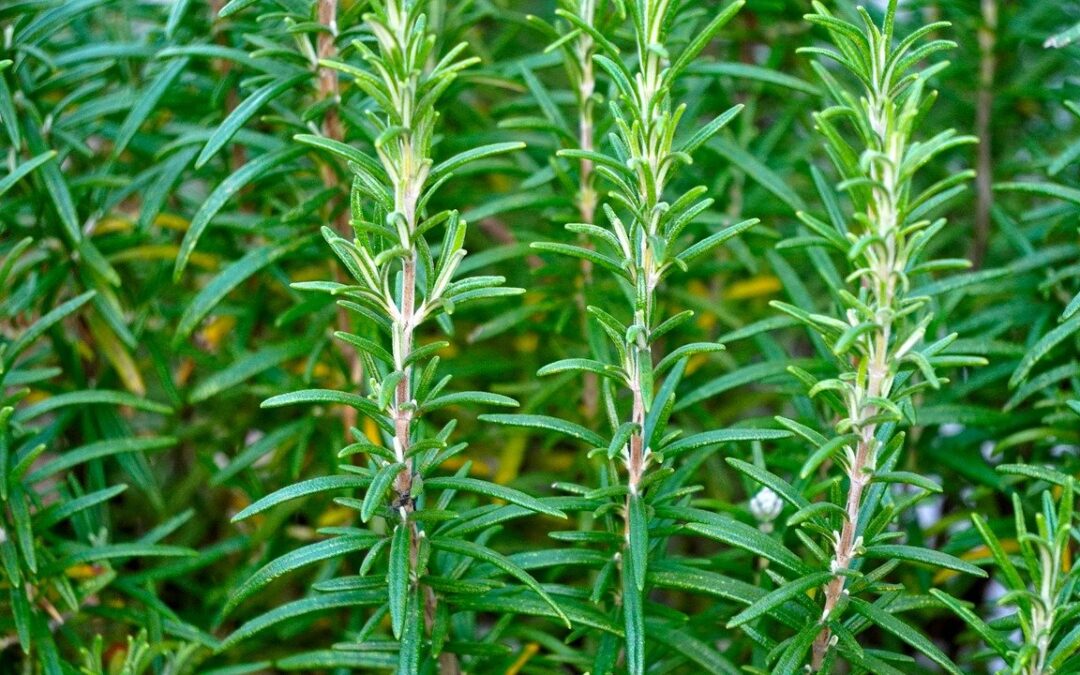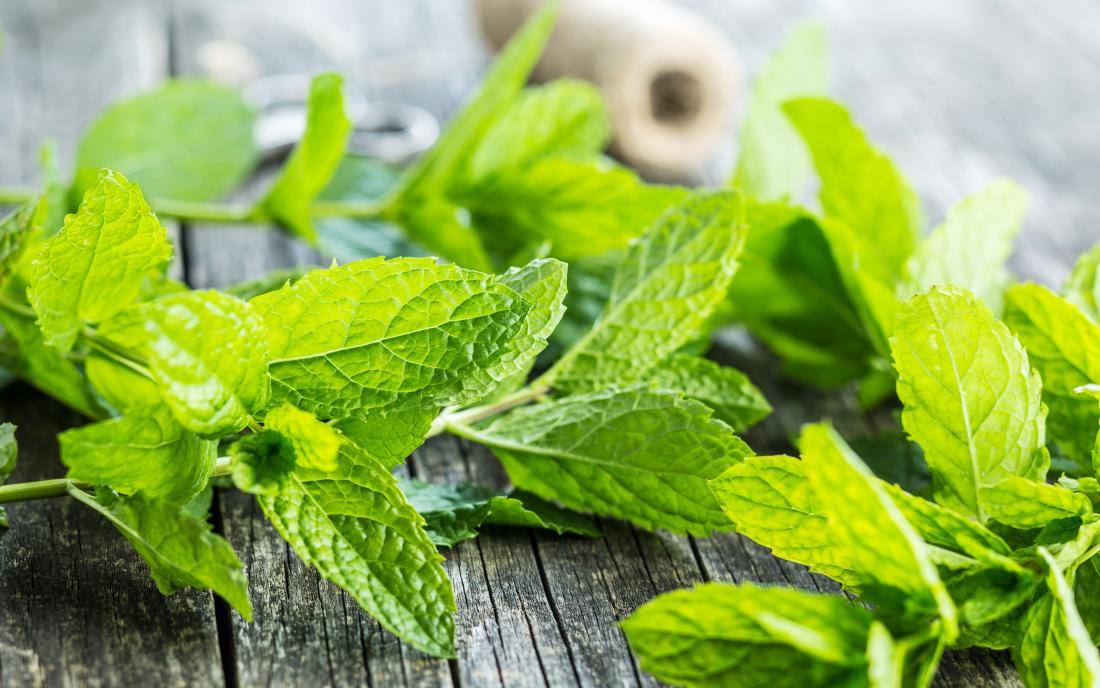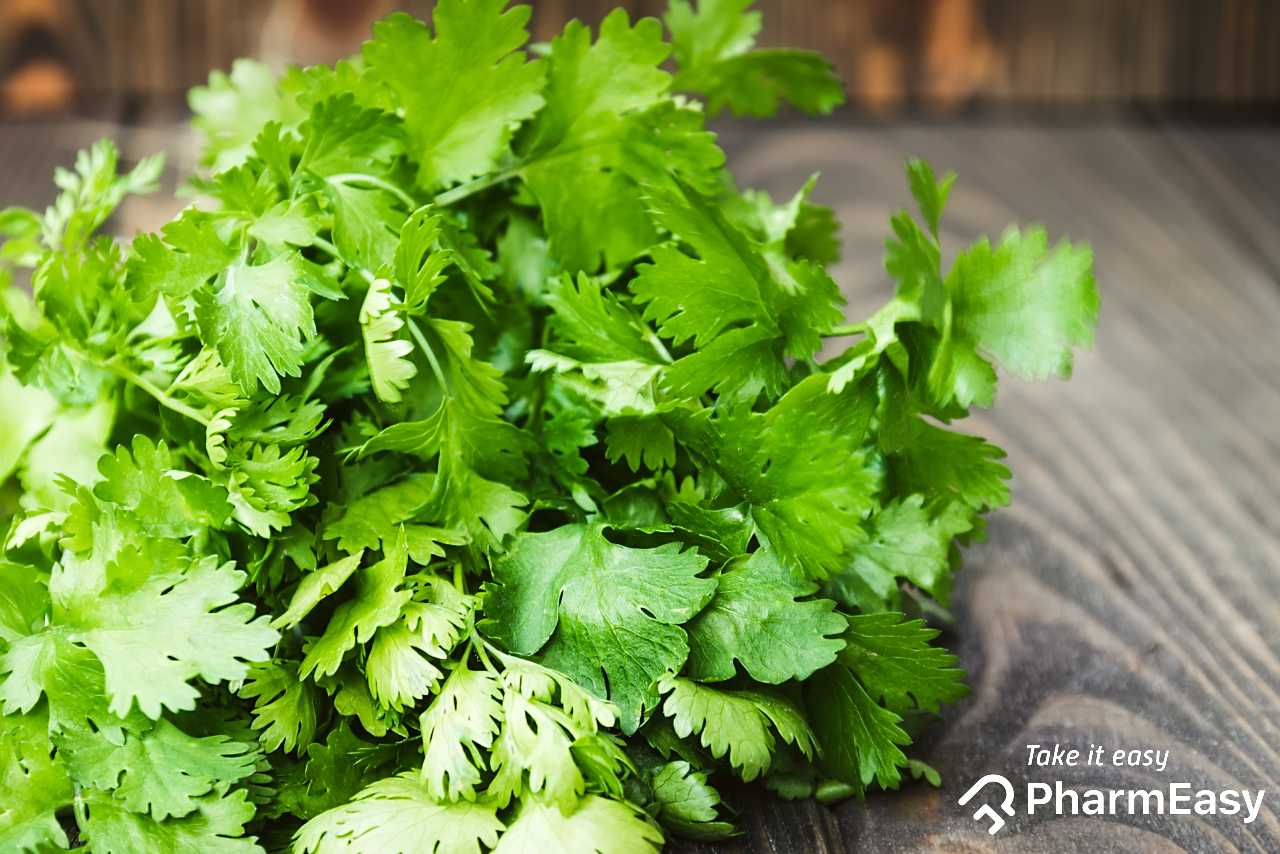Supherb Kitchen Garden
We are back to the hustle and bustle of city life. Traffic jams, meetings, long working hours, social engagements, schools and early monsoons. All a bit chaotic at the moment if you ask me.
The very thought of having a garden where you can grow your herbs, vegetables and fruits is such a comforting feeling. The vegetables and the herbs that you grow at home are going to be healthier as you are in control of the soil and nutrients that you use to grow them.
The idea of having a kitchen garden started as a hobby but the more I read and learn about making this garden, I realize it is going to be a lot more than just a hobby. This is my way of ensuring that I can grow the best herbs and vegetables which will give me the advantage of cooking healthier meals using fresh healthy produce. This in turn is going to make my salads and soups taste better. Healthier too.
The next time you want a few leaves of mint or basil, you can just pluck them off your plant instead of running out to buy them and then waste half of it as it doesn’t keep fresh for so long. Different herbs have different medicinal values and have often been used for healing different illnesses. The medicinal benefits of herbs I will leave to the health experts and just focus on the culinary aspects.
I have been reading a lot about how to make a successful kitchen garden for myself and it might be a good idea to share some of what I have read and learned so far. Perhaps this could be your new project if you are looking for something new to do.
As always, the placement of the garden does play a big role as herbs and vegetables do need a good amount of sunlight to grow.
Most herbs need rich, moist soil that is well-drained and moderately fertile. Keeping the soil healthy is imperative regardless of what type of herb you will grow. Herbs especially like slightly alkaline soil with a pH somewhere between 6 and 7. Herbs will do best in loose soil that allows plenty of drainages and doesn’t allow the roots to rot.
All plants need watering and the majority of the herbs need water when the soil feels dry to the touch. Below are a few of the easiest herbs to grow. This is going to be the list that I am going to start with.
Basil

Basil (Tulasi) is my absolute favourite. One of the easiest and most popular culinary herbs to grow. It is a member of the mint family popular for its aromatic leaves, used fresh or dried in curries, salads, soups and sauces.
Like most herbs, basil requires a sunny location that receives at least six to eight hours of bright light per day and well-drained soil.
Rosemary

Rosemary( Dani) is this wonderfully aromatic fragrant evergreen herb which is a native Mediterranean herb that is used in everything from soaps to soups. The herb pairs best with lamb dishes. I often marinate my lamb chops with a generous sprinkle of dried rosemary and the aroma and taste it adds to the dish is just delicious.
Mint

Mint (padina) is a very distinct, well-known flavoured plant that is quite a favourite for most of us living in Nepal. Who can resist a tangy Padina ko chutney with Daal Bhaat eh? Mint has also been used as a herbal remedy for stomach aches, calming stress and anxiety. I love brewing my Peppermint tea, fresh and easy in the morning.
Cilantro

I can never have enough Cilantro or Coriander as most of us are familiar with. Cilantro is the leaves and stems of the coriander plant. The seeds are called coriander. Cilantro is also the Spanish word for coriander. Confused? Let’s just settle with Dhaniya.
Many people either love cilantro or loathe it.
I love everything about this herb, the taste and the aroma. One of the easiest herbs you could ever grow.
Thyme
Thyme ( jwano) is a wonderful herb with an aromatic pungent flavour. There are both fragrant ornamental types as well as culinary thyme varieties. The culinary types have been used to add distinct flavours of meats, vegetables and soups. Most new mothers in Nepal who are breastfeeding their babies have been treated to bowls of Thyme soup daily to help improve the health of the mother and to pass on the healthy properties to the newborn baby. Thyme thrives in full sun and loves heat. If you are growing in a pot indoors, plant near a sunny window.

These are just a few of the herbs that one can start with as they are all easy to grow and do not need any extra special requirements. Growing herbs is easy and well worth the little time it takes. The beauty, colour and flavour they add to your yard and cuisine make them truly worth all the effort.


